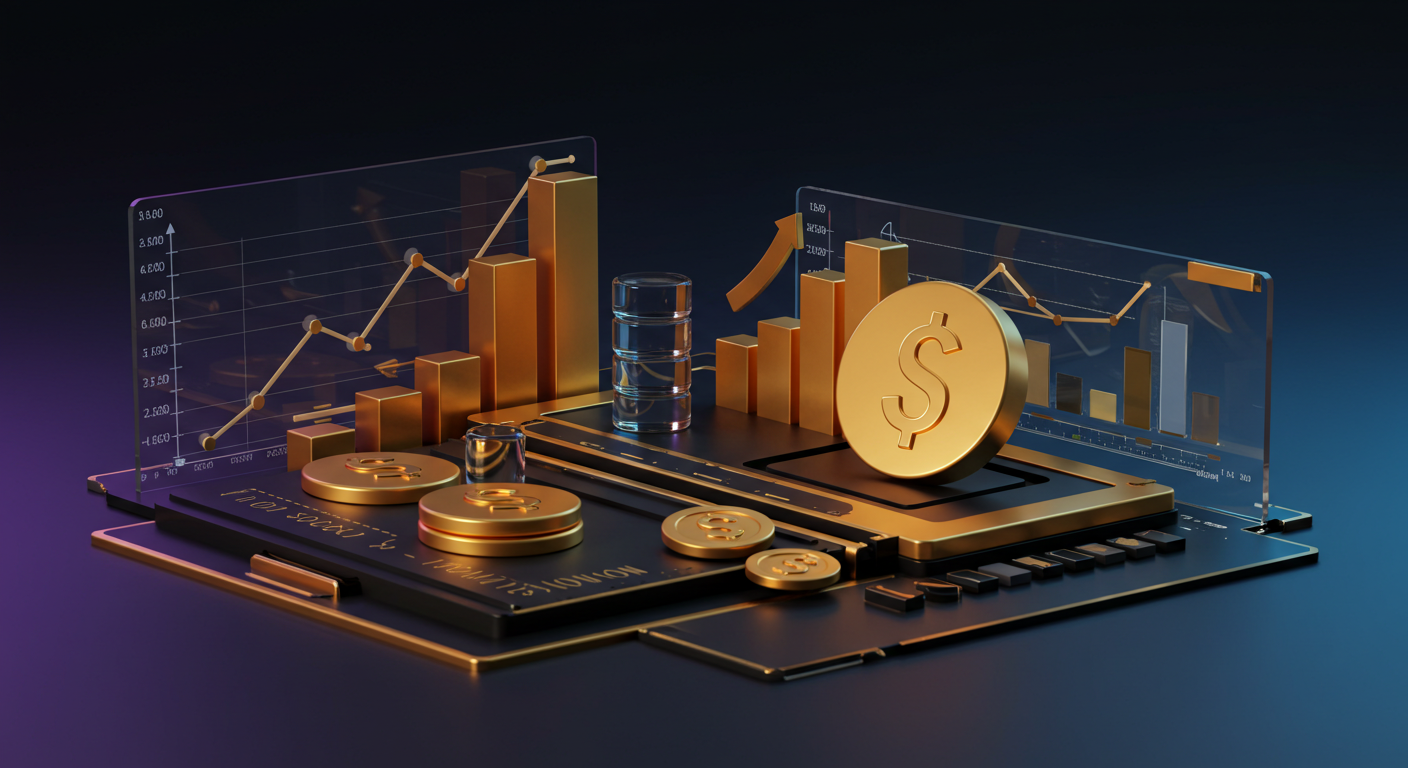
Gold prices in Malaysia increased on Friday, with the price reaching 454.29 Malaysian Ringgits (MYR) per gram, up from 452.25 MYR the previous day. The gold price per tola rose to 5,298.83 MYR from 5,275.01 MYR on Thursday.
Gold prices in Malaysia are calculated by adapting international prices (USD/MYR) to the local currency and are updated daily. These prices serve as a reference and may slightly differ from local rates.
Gold As A Safe Haven
Gold is valued as a store of value and a safe-haven asset, particularly during unstable times. Central banks often purchase gold to support their currencies, adding 1,136 tonnes worth around $70 billion to reserves in 2022, marking the highest annual purchase on record.
Gold has an inverse correlation with the US Dollar and US Treasuries. A depreciating Dollar usually results in gold prices rising, while stock market rallies can lead to lower gold prices.
Gold price fluctuations depend on geopolitical instability, interest rates, and the strength of the US Dollar. Lower interest rates tend to increase gold’s appeal, while a strong Dollar keeps its price stable.
The modest yet steady increase in Malaysian gold prices this week—up by just over 2 MYR per gram from Thursday to Friday—mirrors a broader shift that appears partly rooted in currency movements and deeper underlying market signals. These daily adjustments originate from converting international gold rates into a local context via the USD/MYR exchange rate. While they act as a benchmark, the actual buying and selling prices on the ground tend to reflect a slightly different reality, impacted by supply constraints, premiums, and real-time dealer sentiment.
Gold remains, as ever, a magnet during periods of doubt and decline elsewhere—particularly when concerns over inflation, monetary policy shifts, or conflict flare up. In 2022, for instance, central banks around the world added over 1,100 tonnes to their reserves, with acquisitions worth around $70 billion. That rate of accumulation, the highest in history, highlights how institutions with deep pockets continue to rely on gold to hedge against unwanted exposure or imbalance elsewhere, particularly when currency devaluations or interest rate transitions are on the horizon.
Broadly speaking, the rise or fall of gold remains tightly linked with moves in the Dollar and US government debt. When the Dollar weakens, gold shines brighter—not out of any intrinsic shift in the metal itself, but because of gold’s pricing in Dollars. This inverse relationship is well established. It’s the same with bond yields: when yields fall, the non-interest-bearing gold becomes inherently more appealing; when they spike, the allure dulls.
Interest Rates And Inflation Expectations
Equity performance draws from the same pool of capital, which explains why sharp upswings in stock markets often lead to decreasing demand in safe-haven assets like gold. Traders typically rotate funds rather than expanding exposure across all sectors at once.
As rates edge up or pause unpredictably, prices of gold can skew, depending on whether the market prepares for inflation to persist or fade. It’s during this recalibration that directional trades can be made, but with volatility that calls for sharper parameters and tighter stops.
Recent price movement around 454 MYR per gram suggests that traders are watching both the Federal Reserve’s next move and the tone of geopolitical updates coming from East Asia and Eastern Europe. Treasury activity should not be ignored either—intraday bond volatility has increasingly led to gold overshooting or undershooting key short-term levels.
Some are beginning to interpret longer-term consolidation as a sign that markets are digesting macro data at a slower pace. This warrants closer scrutiny of forward-looking indicators, especially inflation expectations embedded in bond markets rather than trailing CPI reports.
In the near term, we should be adjusting our positions more frequently to account for these quick shifts. Carrying trades overnight without hedges may become more risky, particularly if the Dollar index accelerates either up or down beyond its current range.
The quiet uptick in the Malaysian market may, therefore, be an extension of broader positioning by macro funds reacting to dovish shifts—or the pairing back of rate hike expectations.
That said, holding on to a monolithic view could be costly in the coming weeks. We need to tune in more closely to forex volatility, as the moment the Ringgit starts deviating more than usual from predictable daily bands, gold pricing locally could move in less rational increments. On these days, spreads widen, liquidity thins, and entries must be timed with more caution.
Lastly, instead of applying historical models to future setups, it may be time to rely more heavily on real-time conviction and live data over backward-fitting assumptions. The structure of the market has changed—even if the rules behind gold’s value have not.







